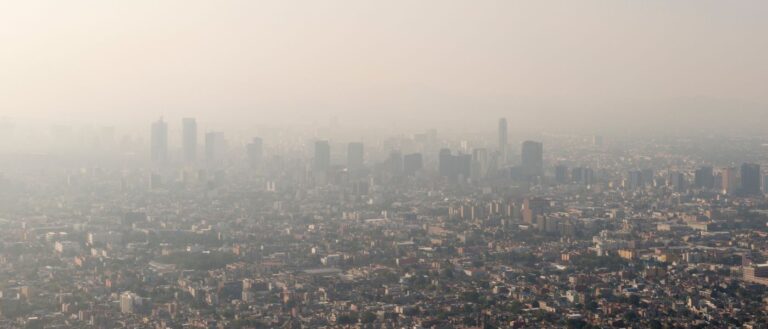Nitrogen oxides (NOx) and ozone play a central role in atmospheric chemistry and represent a key target for air pollution control. A complete understanding of their cycling is challenging due to competing dynamical and chemical effects. Observation data alone is insufficient to assess and quantify the principal polluting sources (e.g. traffic exhaust emissions).
David Gurarie, professor in the Department of Mathematics, Applied Mathematics and Statistics, and a team of researchers explored the topic in a paper published in Science Advances.
The paper, titled “High urban NOx triggers a substantial chemical downward flux of ozone,” combines observational data with mathematical modeling to develop novel tools of assessment. In particular, the team showed the conventional methods significantly overestimate primary NOx emissions.

